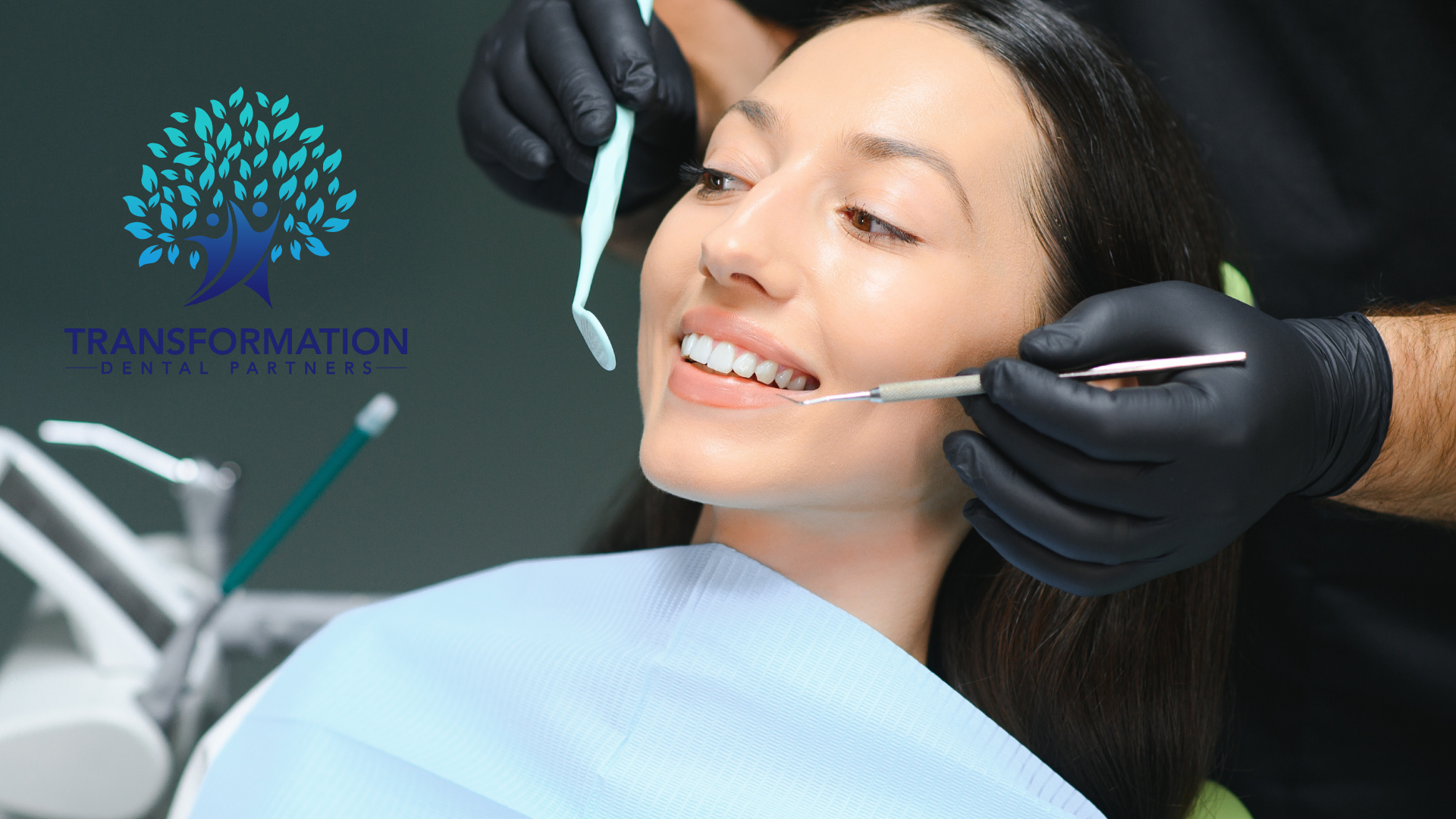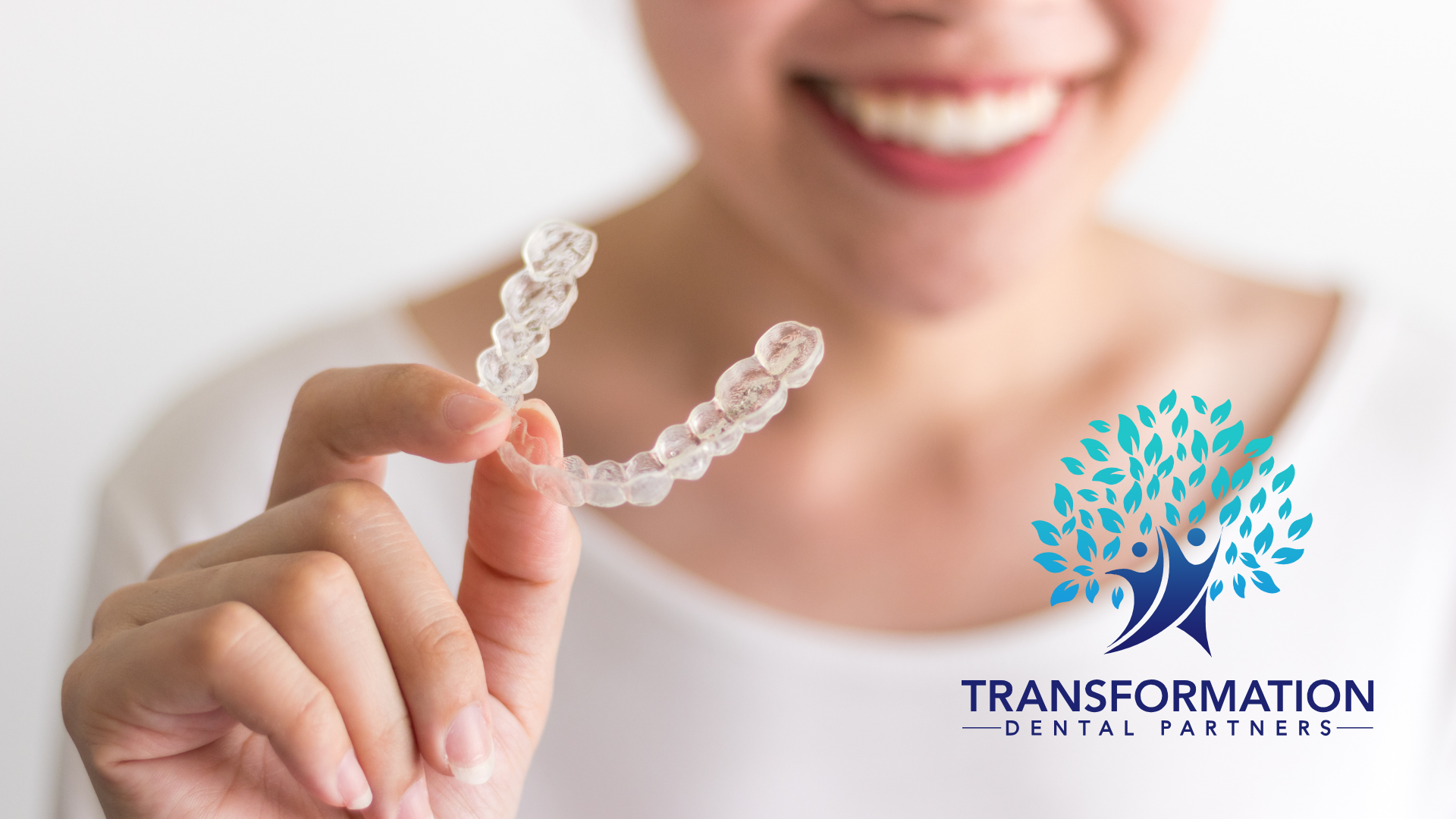How Invisalign Aligners Move Your Teeth
If you’re looking for a straighter smile without the discomfort and visibility of traditional braces, Invisalign aligners may be the perfect solution. At Transformation Dental, your trusted cosmetic dentist in Tustin, we offer expert Invisalign treatment designed to align with your dental goals and your lifestyle. Whether you're a working professional, a student, or simply someone who wants a more confident smile, Invisalign offers a discreet and effective alternative to metal braces.
In this blog, we’ll explain how Invisalign works, the science behind how it moves your teeth, and why it’s a popular choice for residents seeking Invisalign in Tustin.
Understanding Invisalign: A Modern Approach to Straightening Teeth
Invisalign is a revolutionary orthodontic treatment that uses a series of clear, removable aligners to gently shift your teeth into the desired position over time. Unlike traditional braces, Invisalign aligners are made of BPA-free plastic and are custom-fitted using advanced 3D digital scanning. This technology ensures a precise and comfortable fit tailored to your unique smile.
Patients love Invisalign for its nearly invisible appearance, making it ideal for those who want to improve their smile without drawing attention. Because the aligners are removable, you can continue to enjoy your favorite foods and maintain excellent oral hygiene throughout your treatment.
The Science Behind Invisalign: How Teeth Move
The effectiveness of Invisalign is grounded in the principles of biomechanics. Here’s how the process works to move your teeth efficiently and comfortably:
Digital Scanning & Custom Treatment Plan
At your initial consultation with our cosmetic dentist in Tustin, we use advanced 3D imaging technology to capture a digital impression of your teeth. This allows us to map out every stage of your treatment in advance, showing you a virtual preview of your expected results.
Fabrication of Custom Aligners
Your Invisalign aligners are custom-made based on your treatment plan. Each aligner is designed to apply controlled force to specific teeth, moving them gradually. Aligners are typically worn for 1 to 2 weeks before switching to the next in the series.
Wearing Your Aligners
To be effective, Invisalign aligners should be worn 20 to 22 hours per day, only removed when eating, drinking (anything other than water), brushing, or flossing. Consistent wear ensures timely progress.
Progressive Tooth Movement
Each new set of aligners builds upon the changes from the previous one. With each transition, teeth are incrementally guided into a straighter position. The gentle pressure stimulates bone remodeling, which allows the teeth to move and stabilize.
Regular Monitoring and Adjustments
Throughout your treatment, you'll visit our office for periodic checkups to ensure everything is progressing as planned. We may make adjustments or provide refinements based on how your teeth respond.
Benefits of Choosing Invisalign in Tustin
Choosing Invisalign from Transformation Dental offers more than just aesthetic benefits. Here are several reasons why so many patients prefer this treatment:
Aesthetic Appeal
Invisalign aligners are clear and discreet, making them ideal for adults and teens who wish to avoid the look of metal braces. You can smile confidently in photos, during meetings, or at social events.
Enhanced Comfort
Made from smooth SmartTrack® material, Invisalign aligners reduce the risk of gum and cheek irritation that metal wires or brackets can cause.
Convenience and Flexibility
Invisalign aligners can be removed easily, allowing you to eat your favorite foods without restriction. You can also brush and floss normally, which promotes better oral health throughout treatment.
Predictable Results
Thanks to digital planning and 3D modeling, patients can see what their new smile will look like before starting. This predictability allows for a more efficient and goal-oriented treatment timeline.
Fewer Office Visits
Because there are no wires to tighten or brackets to adjust, Invisalign often requires fewer visits to the dental office, making it easier to fit into a busy schedule.
Is Invisalign Right for You?
Invisalign is effective in treating a variety of orthodontic concerns, including:
- Crowded Teeth – When teeth overlap due to lack of space in the jaw.
- Gapped Teeth – Spaces between teeth can affect function and appearance.
- Overbite – Upper front teeth extend too far over the lower teeth.
- Underbite – Lower teeth extend past the upper front teeth.
- Crossbite – Some upper teeth sit inside the lower teeth when biting down.
- Open Bite – Upper and lower teeth don’t make contact when the mouth is closed.
Invisalign is best suited for mild to moderate orthodontic issues. Severe misalignment or complex bite corrections may require a different treatment approach. During your consultation at Transformation Dental, we’ll evaluate your oral health, bite, and alignment to determine if Invisalign is right for you.
Begin Your Journey to a Straighter Smile Today
At Transformation Dental, we’re proud to be a leading provider of Invisalign in Tustin. Our team is dedicated to delivering beautiful, long-lasting results with personalized care and state-of-the-art technology. Every treatment is customized to your goals, ensuring that you feel confident throughout your journey to a straighter, healthier smile.
Ready to get started? Schedule your Invisalign consultation today and let us help you transform your smile—comfortably, discreetly, and effectively.
Invisalign is not suitable for all orthodontic cases. Individual results may vary. A consultation at Transformation Dental is required to assess eligibility. This content is for informational purposes and does not replace professional dental advice.




